In the intricate web of financial and merchant services, terms like billback and chargeback often arise, causing confusion for many. These terms, while sounding similar, represent vastly different concepts within the industry. Let’s jump in.
Billback vs. chargeback: what is a billback?
At its core, the primary difference between a billback and a chargeback lies in their application and context.
Billback: Billback pricing is an additional surcharge fee that shows up on your monthly statement. These surcharges are anything but transparent as they’re difficult to calculate, confusing to understand, and negatively impact your bottom line.
Chargeback: In stark contrast, a chargeback involves returning funds to a consumer. Generally initiated by the card-issuing bank, this process kicks in when a consumer disputes a particular charge. The merchant’s bank then reimburses the disputed amount to the customer and subsequently seeks reimbursement from the merchant.
What is billback in retail?
Predominantly seen in the merchant services domain, billback is a billing method that starts with an initial charge, usually a low rate, and subsequently bills back additional fees rooted in the true costs of processing for each transaction. These surcharge fees aren’t easy to recognize unless you know what to look for on your merchant services statement.
The billback definition
Billback, as the name subtly implies, involves a two-step pricing method. Initially, merchants receive a bill based on an attractively low rate, often termed the “qualified rate”. However, as the month wraps up, they’re greeted with a billback statement.
What is a billback invoice?
The billback invoice is the second statement you receive. This one bills back any additional costs based on the actual cost of processing the transaction. The billback invoice will list the date, description and billback fees. Fees will show up as BB, ERR (Enhanced Recover Reduced), or another similar naming convention on your statement.
So, what instigates these extra costs? The type of card used (credit, debit, rewards) or the method of transaction (in-person, online) can influence the final costs. Billback can be visualized as an adjustable pricing model, where adjustments are made retrospectively.
How billback pricing works
Diving deeper into the mechanism of billback pricing, the process can be segmented as follows:
- Initial charge: Upon transaction completion, the merchant incurs an initial charge. This is the aforementioned “qualified rate”, which often serves as a teaser rate.
- End-of-month assessment: As the month concludes, the processing provider scrutinizes the details of each transaction. Employing various metrics like card type, transaction mode, and other variables, they deduce the actual cost.
- Billback: Post-assessment, the merchant receives another bill, capturing the difference between the previously charged rate and the actual cost.
Billback pricing fees are conveniently left off the following month’s statement, so you can’t determine the rate you pay for the markup when you accept online payments or any other payment. Without two consecutive statements, you can’t see the exact rates you’re paying.
How to identify billback pricing on your statement
While billback pricing may sound straightforward in theory, in practice, it can be difficult to understand for merchants. These intricacies primarily stem from the confusing nature of billing statements, making it difficult to pinpoint billback charges. However, with a discerning eye and an understanding of key indicators, one can navigate this maze:
- Multiple charges for a single transaction: This is perhaps the most blatant sign. If you spot an initial charge for a transaction early in the statement and subsequently notice another charge related to that exact transaction, you’re likely dealing with billback pricing.
- Descriptor terms: Your statement might not always mention “billback”. Instead, it might cloak it under descriptors like “surcharge”, “non-qualified fee”, “differential”, or other synonymous terms. If you spot these, you’re likely looking at billback charges.
- Detailed transaction analysis: Billback pricing often involves a meticulous breakdown of transactions, differentiating them based on card types, transaction modes, etc. If your statement delves deep into these specifics, billback could be in play.
The problem with billback pricing
While the allure of lower initial rates might seem enticing, billback pricing has many pitfalls.
- Opacity over transparency: The complex nature of billback often hides the real costs, making it hard for merchants to gauge their actual expenses.
- Unforeseen expenses: The retrospective billing can sometimes bring unpleasant surprises. Merchants may find themselves burdened with costs they hadn’t anticipated.
- Statement complexity: Billback inevitably complicates billing statements. The extensive breakdowns and multiple charges for singular transactions can make reconciliation a daunting endeavor, to say the least.
Advantages and misconceptions of billback pricing
While we’ve discussed the problems associated with billback pricing, it’s essential to understand why it remains a popular options for some businesses and what its advantages are:
- Attractive initial rates: For businesses looking at short-term gains or those that are uninformed, the initial teaser rates of billback pricing can seem exceptionally attractive. It often serves as a hook to get merchants on board.
- Flexibility: Given that the pricing model is adjustable, some merchants believe that they might, in some scenarios, benefit from billback if the actual processing costs are lower than anticipated. This, however, is more an exception than a rule.
- Misconception of savings: Many merchants mistakenly believe that they’re saving money with billback due to the complexity of statements and the difficulty in deciphering the actual costs.
Chargebacks: a double-edged sword
Chargebacks might also present some issues. While chargebacks primarily protect consumers from unauthorized or fraudulent transactions, they can sometimes be misused:
- Friendly fraud: This is when a consumer makes a legitimate purchase but then disputes the charge, leading to an unwarranted chargeback against the merchant.
- Impact on merchant reputation: Excessive chargebacks can hurt a merchant’s standing with payment processors, potentially leading to increased processing fees or termination of services.
Navigating chargebacks in retail involves understanding the common reasons they occur and taking steps to minimize risk. Clear communication, transparent return policies, and detailed receipts all play a role in prevention. Merchants who proactively address these areas are better equipped to avoid chargebacks and maintain strong relationships with both customers and payment processors.

Get our complete retail chargebacks guide
Find out the dos and don’ts of how to navigate chargebacks for your business.
Get straightforward pricing with Sekure Payment Experts
To sum up, the world of merchant services, with its billbacks and chargebacks, can be a complex territory to navigate. While billback pricing offers an initial allure with its seemingly modest rates, it’s a roundabout and confusing pricing structure that lacks transparency and isn’t easy to understand.
That’s why many merchants avoid billback pricing and switch to a processor that provides the clearest pricing available. No matter what a credit card payment services provider might tell you, there’s no billback advantage for merchants as the pricing structure favors processors over anyone else.
Sekure works with merchants every day to get them the best possible deal, avoiding confusing pricing structures that work against them. It’s time to take control over your statements and put thousands back in your pocket. Our Payment Experts will review your statements and help you find a customized processing solution that best fits your individual needs, and through our Rate Sekurity Guarantee®, we ensure you’re always paying the lowest possible credit card processing rates.
Contact our Payment Experts to receive the most transparent pricing structure available today.
Categories

